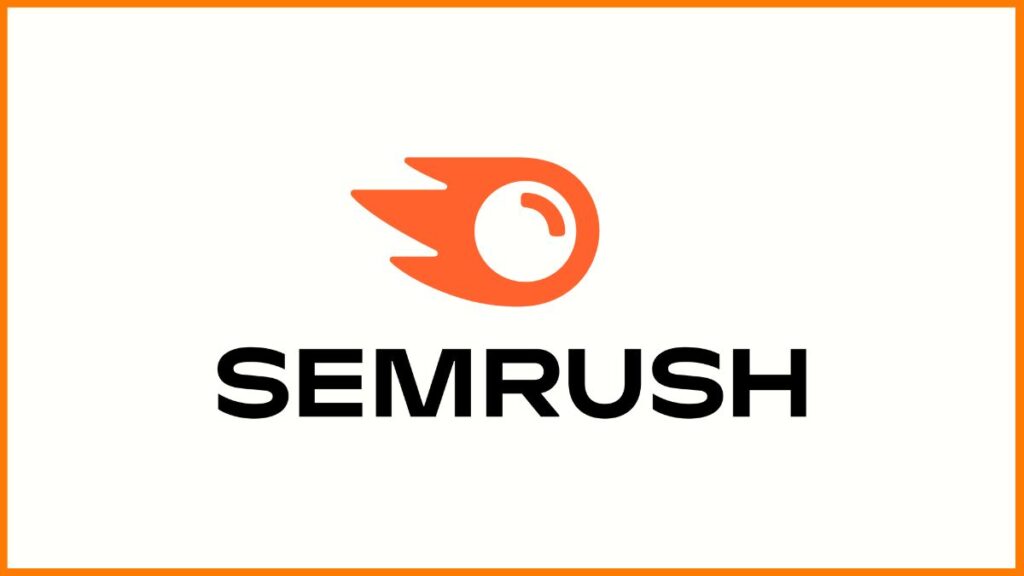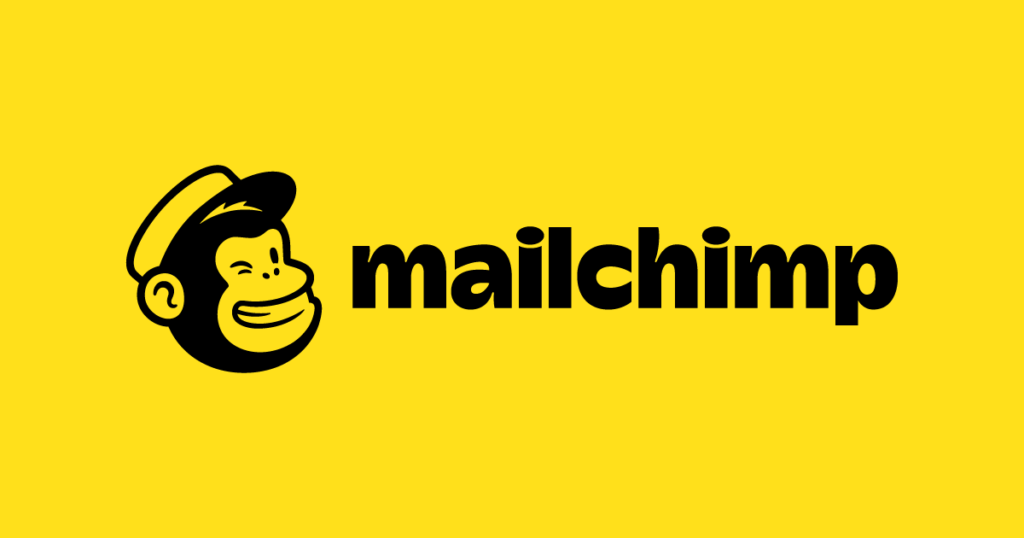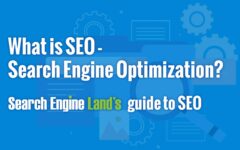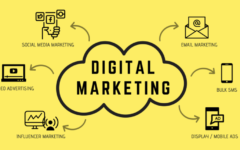Top 10 Digital Marketing Platforms
July 16, 2024 2024-07-18 8:26Top 10 Digital Marketing Platforms
The top 10 digital marketing platforms include Google Ads, Facebook Ads, and Instagram Ads, providing powerful tools for targeted advertising. Additionally, LinkedIn Ads and Twitter Ads are essential for B2B marketing and brand engagement. Furthermore, platforms like HubSpot, Mailchimp, and Hootsuite offer comprehensive solutions for automation, email marketing, and social media management.
Top 10 Digital Marketing Platforms
Let’s explore some tools to help you automate routine and time-consuming tasks and improve your sales and marketing performance overall.
Google Analytics
Google Analytics is a free web analytics service offered by Google that tracks and reports website traffic. It provides detailed statistics and insights about your website’s performance, helping you understand how users find, interact with, and leave your site. With Google Analytics, you can measure various metrics, such as page views, user behavior, traffic sources, and conversion rates.
Features of Google Analytics
- Real-time reporting information on the number of active users on your website, their location, the pages they are reading, and other details are available through Google Analytics. This tool helps track the direct effects of fresh content or marketing initiatives.
- Audience Insights Identify your audience with precise demographic and geographic information. With the help of Google Analytics, you can customize your content and marketing tactics to your audience’s age, gender, interests, and region.

- Acquisition Reports Discover how users are finding your website by examining acquisition reports. Initially, these reports show your traffic sources, including organic search, paid search, social media, direct visits, and referral sites. Consequently, this information helps you identify the most effective channels for driving traffic. Furthermore, understanding these channels allows you to allocate resources more efficiently and optimize your marketing strategies.
- Behavior Reports Analyze how users interact with your website to gain valuable insights. To start with, behavior reports provide data on page views, average time on the page, bounce rate, and exit rate. Consequently, you can see which pages are most popular and identify areas where users may be experiencing issues. Additionally, these reports help you understand user behavior, allowing you to make informed decisions to improve your website’s performance.
- Conversion Tracking Track the actions that matter most to your business with conversion tracking. To begin with, set up goals and e-commerce tracking to measure how well your site meets your objectives. Furthermore, Google Analytics allows you to track sales, form submissions, downloads, and other key actions. By implementing these tools, you can gain valuable insights and make data-driven decisions to enhance your business performance.
Hubspot
HubSpot, which entered the market almost three years ago, has steadily built a solid reputation in its sector. It has gained significant traction by embracing solutions for lead management, analytics, social media marketing, and content creation. Moreover, its dominant services in the industry have become increasingly paramount over time. Consequently, HubSpot’s influence continues to grow, cementing its position as a key player in the market.
Features of HubSpot: HubSpot’s Marketing Hub provides comprehensive tools to help you create, manage, and optimize your marketing campaigns.
- Email Marketing: Create, personalize, and optimize email campaigns with ease.
- Landing Pages: Design and launch effective landing pages that convert visitors into leads.
- Social Media Management: Schedule, publish, and monitor social media posts across multiple platforms.
- SEO Tools: Optimize your content for search engines with built-in SEO recommendations.
- Marketing Automation: Automate your marketing tasks and workflows to save time and increase efficiency.

Google Ads
Google Ads is an online advertising platform developed by Google, where advertisers bid to display brief advertisements, service offerings, product listings, and video content within the Google ad network to web users. It operates on a pay-per-click (PPC) model, meaning advertisers pay each time users click on one of their ads.
Features of Google Ads
- Search Ads appear at the top of Google’s search engine results pages (SERPs) when users search for specific keywords. These text-based ads are highly effective for targeting users with high intent.
- Display Ads are visual ads that appear on Google’s network of over two million websites and apps. These ads are great for building brand awareness and reaching a broader audience.
- Video Ads run on YouTube and across Google’s video partner sites. These ads can be skippable or non-skippable and are ideal for engaging users with compelling video content.
- Shopping Ads display product images, prices, and merchant names at the top of Google’s search results. They are particularly effective for e-commerce businesses looking to drive sales directly from search results.
- App Campaigns promote mobile apps across Google Search, Play, YouTube, and the Google Display Network. These campaigns aim to increase app downloads and engagement.
Semrush
Moreover, SEMrush offers powerful content marketing solutions. The Content Analyzer tool allows you to evaluate your existing content’s performance and identify improvement areas. Furthermore, the SEO Writing Assistant helps you create optimized content by providing real-time suggestions for readability, keyword usage, and originality. This ensures your content is not only engaging but also search engine-friendly.
Features of SEMrush
- Keyword Research SEMrush excels in keyword research, offering tools that help you find the best keywords for your SEO and PPC campaigns.
- Keyword Overview: Get detailed information about any keyword, including search volume, difficulty, and cost-per-click (CPC).
- Keyword Magic Tool: Discover thousands of keyword ideas based on your seed keywords, along with data on trends, difficulty, and more.
- Keyword Gap: Compare your keyword profile with your competitors to identify missed opportunities.

Canva
Canva, a user-friendly design platform, has transformed how marketers generate great pictures without requiring sophisticated graphic design abilities. This detailed guide will look at the features, benefits, and tactics for utilizing Canva, as well as how you can use it to boost your marketing efforts.
Features of Canva
- Drag-and-Drop Interface
Canva’s intuitive drag-and-drop interface makes it easy for anyone to create beautiful designs. Users can simply drag elements onto the canvas and position them as desired. - Extensive Template Library
Canva offers thousands of customizable templates for various design needs, such as social media posts, business cards, flyers, and presentations. These templates provide a solid starting point, especially for those who may not have design experience. - Vast Collection of Assets
The platform includes a vast library of stock photos, illustrations, icons, and fonts. Users can also upload their images and assets to personalize their designs. - Collaboration Tools
Canva allows multiple users to collaborate on a design project in real time. This feature is particularly useful for teams working on joint marketing campaigns or presentations.
Mailchimp
Moreover, Mailchimp excels in automating workflows. With its automation features, you can set up complex email sequences that trigger based on specific actions or timelines. For example, you can create a welcome series for new subscribers, send birthday discounts, or follow up with customers who abandon their shopping carts.
Features of Mailchimp
Email Campaigns
- Drag-and-Drop Editor: Mailchimp’s intuitive editor allows users to create visually appealing emails without needing coding skills. You can easily add images, text, buttons, and other elements to your emails.
- Templates: Access a wide range of customizable templates designed for various purposes, such as newsletters, promotional emails, and product announcements.
- Personalization: Use merge tags to personalize emails with recipient names, company details, and other custom information to increase engagement.
- Segmentation: Organize your contacts into segments based on criteria like demographics, behavior, and engagement to send more targeted emails.
- Tags and Groups: Use tags and groups to categorize your audience for more precise targeting and management.
- Sign-Up Forms: Create and embed sign-up forms on your website to grow your mailing list effortlessly.

Search engine optimization
Search Engine Optimization (SEO) is a technique that involves mastering your internet resources and content to rank high on the results pages of search engines (SERPs). The idea is to increase your website’s visibility for customers searching for your company’s keywords. SEO is a set of tactics used on-page, off-page, and technically to improve rankings as well as credibility in search engines such as Google, Bing, and Yahoo.
On-Page SEO
Keyword Research: Furthermore, prioritize keywords that have high search volume but low competition. These keywords offer the best balance between attracting significant traffic and being easier to rank for. For instance, long-tail keywords often fall into this category, providing specific and targeted opportunities that are less competitive.
Content Optimization: Moreover, incorporate your target keywords naturally within the content. Avoid keyword stuffing, which can harm readability and SEO. Instead, integrate keywords seamlessly into titles, headings, and meta descriptions.
Title Tags and Meta Descriptions: Optimize your title tags and meta descriptions to accurately describe the content of your pages and entice users to click.
Internal Linking: Use internal links to connect related content within your website. This helps search engines understand the structure of your site and improves user navigation.
Off-Page SEO
Backlinks: Acquire high-quality backlinks from reputable websites. Backlinks act as votes of confidence from other sites, signaling to search engines that your content is trustworthy and valuable.
Social Signals: Engage with your audience on social media platforms to drive traffic to your website and increase brand awareness.
Guest Blogging: Write guest posts for other reputable websites in your industry to gain exposure and build backlinks.
Ahrefs
Ahrefs is an all-in-one SEO toolkit that may help businesses and digital marketers enhance their search engine rankings. It provides a variety of tools for keyword research, competitor analysis, backlink tracking, content discovery, and site auditing. Ahrefs was founded in 2010 and has since evolved to become one of the most reputable names in the SEO industry, thanks to its enormous data and user-friendly design.
Features of Ahrefs
- Organic Search Analysis: Moreover, analyze the organic search traffic your competitors receive. This analysis helps you gauge the effectiveness of their keyword strategy. Ahrefs allows you to see the estimated traffic each keyword generates, providing insights into the most valuable keywords for your niche.
- Backlink Analysis: Firstly, identify your main competitors in the digital space. These are the websites that rank highly for the keywords you are targeting. Using Ahrefs’ Site Explorer, you can input your competitors’ URLs to begin analyzing their backlink profiles.
- Paid Search Analysis: Analyze your competitors’ paid search campaigns to uncover their ad strategies, keywords, and budgets.
- Keyword Research: Firstly, begin your keyword research by exploring a broad range of potential keywords related to your niche. Tools like Ahrefs Keywords Explorer allow you to enter seed keywords and generate a list of related keywords. This initial exploration phase helps you understand the landscape and identify various keyword opportunities.

Google business profile
Google offers a free tool called Google Business Profile (GBP) that lets companies control their online exposure on Google Maps and Search. Businesses can give prospective clients vital information, such as their address, phone number, operating hours, and customer ratings, by developing and optimizing a GBP listing. This enhances local SEO and raises the possibility of showing up in local search results.
Features of Google Business Profile
- Basic Details: Firstly, ensure that all the basic details of your business are included in your profile. Your business name should be accurate and reflect your branding. For instance, if your business operates under a specific name or acronym, use that consistently across all listings. Additionally, include your complete address to help customers find your location easily.
- Categories: Select relevant business categories to help Google understand what your business offers and match them with relevant searches.
- Attributes: Highlight special features or offerings, such as “wheelchair accessible,” “free Wi-Fi,” or “outdoor seating.”
- Visual Content: Additionally, uploading photos of your products and services helps potential customers understand what you offer. For instance, if you run a restaurant, post images of your most popular dishes. If you own a retail store, display photos of your best-selling items.
- 360° Views: Provide a virtual tour of your business to give customers a better sense of what to expect when they visit.








